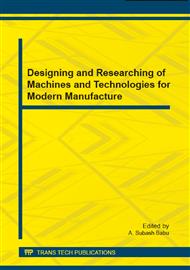p.78
p.83
p.87
p.97
p.101
p.105
p.109
p.113
p.117
Boundary Element Method with Runge-Kutta Convolution Quadrature for Three-Dimensional Dynamic Poroelasticity
Abstract:
The paper contains a brief introduction to the state of the art in poroelasticity models, in BIE & BEM methods application to solve dynamic problems in Laplace domain. Convolution Quadrature Method is formulated, as well as Runge-Kutta convolution quadrature modification and scheme with a key based on the highly oscillatory quadrature principles. Several approaches to Laplace transform inversion, including based on traditional Euler stepping scheme and Runge-Kutta stepping schemes, are numerically compared. A BIE system of direct approach in Laplace domain is used together with the discretization technique based on the collocation method. The boundary is discretized with the quadrilateral 8-node biquadratic elements. Generalized boundary functions are approximated with the help of the Goldshteyn’s displacement-stress matched model. The time-stepping scheme can rely on the application of convolution theorem as well as integration theorem. By means of the developed software the following 3d poroelastodynamic problem were numerically treated: a Heaviside-shaped longitudinal load acting on the face of a column.
Info:
Periodical:
Pages:
101-104
Citation:
Online since:
December 2014
Authors:
Keywords:
Price:
Сopyright:
© 2015 Trans Tech Publications Ltd. All Rights Reserved
Share:
Citation:


